Rank Species | Genus Aquilegia Higher classification Columbine | |
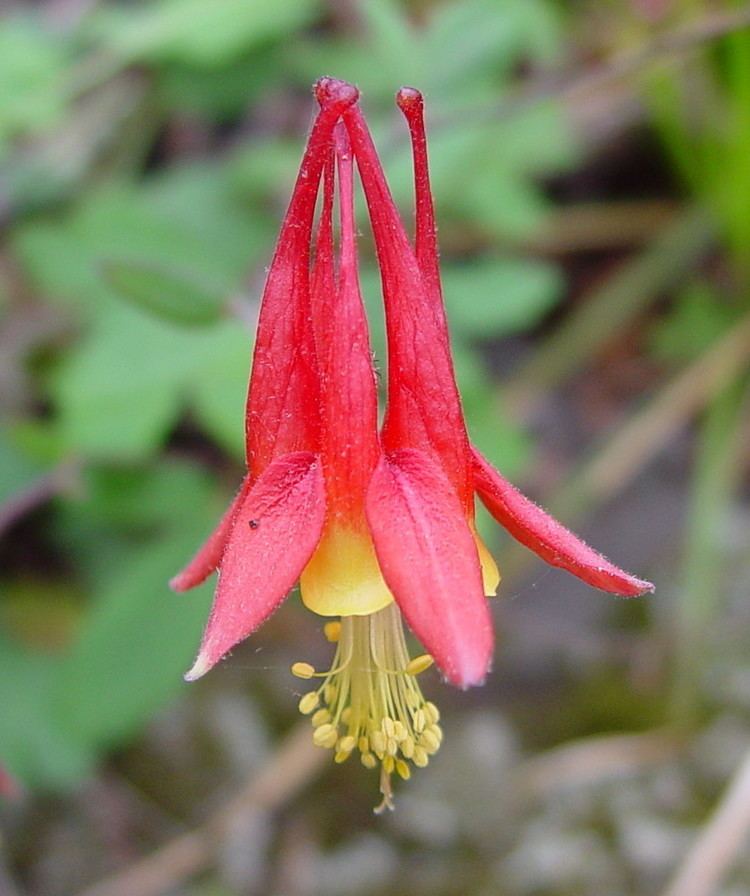 | ||
Similar Columbine, Colorado Blue Columbine, Geranium maculatum, Aquilegia chrysantha, Butterfly weed | ||
Minnesota native plant canada columbine aquilegia canadensis
Aquilegia canadensis (Canadian or Canada columbine, eastern red columbine, wild columbine) is an herbaceous perennial native to woodland and rocky slopes in eastern North America, prized for its red and yellow flowers. It readily hybridizes with other species in the genus Aquilegia.
Contents
- Minnesota native plant canada columbine aquilegia canadensis
- Plant portrait columbine aquilegia canadensis
- Description
- Cultivation
- Uses
- Toxicity
- Distribution
- Wetland Indicator Status
- References
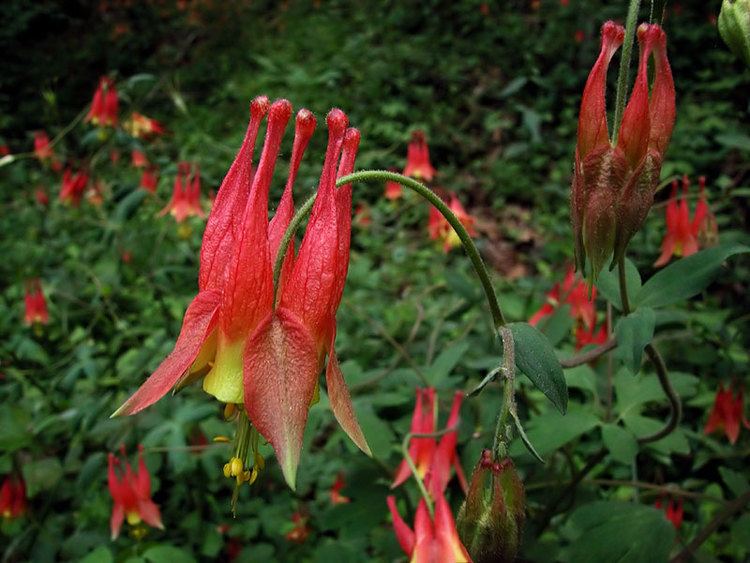
Plant portrait columbine aquilegia canadensis
Description
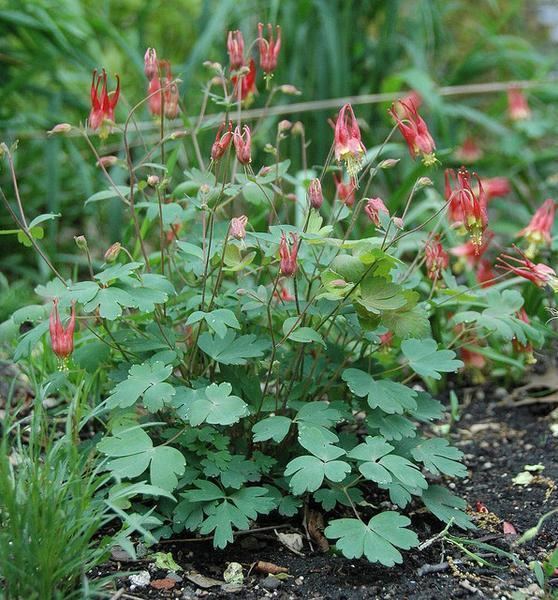
Height is 15–90 cm (6–35 in). Leaves are lobed and grouped in 3s, growing from the base and off the flowering stems. Flowers are 1-2 inches long and have yellow petals with a red spur and red sepals. They appear in late spring, nodding on stems above the leaves. The round end of the spur contains nectar, which is sought by butterflies and hummingbirds.
The caterpillars of Columbine Duskywing (Erynnis lucilius) feed on the leaves.
Cultivation
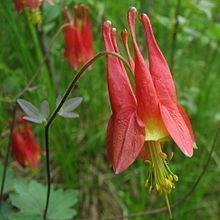
The plant is easily propagated from seed and blooms the second year. It is relatively long lived in the garden. It grows well in shade, and in sun with proper moisture.
The plant has gained the Royal Horticultural Society's Award of Garden Merit.
The cultivar 'little lanterns' is half the height of the species.
Uses

Native American tribes used various parts of red columbine in herbal remedies for ailments such as headache, sore throat, fever, rash caused by poison ivy, stomatitis, kidney and urinary problems, and heart problems. Native American men also rubbed crushed seeds on their hands as a love charm.
Toxicity
Canada columbine contains a cyanogenic glycoside, which releases poisonous hydrogen cyanide when the plant is damaged.
Distribution
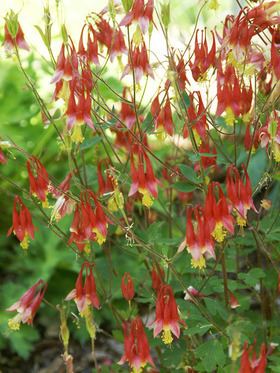
USA (AL, AR, CT, DC, DE, FL, GA, IA, IL, IN, KS, KY, MA, MD, ME, MI, MN, MO, MS, NC, ND, NE, NH, NJ, NY, OH, OK, PA, RI, SC, SD, TN, TX, VA, VT, WI, WV), Canada (MB, NB, ON, QC, SK)
Wetland Indicator Status
Regions 1-5: Facultative Equally (FAC) likely to occur in wetlands or non-wetlands (estimated probability 34%-66%).
